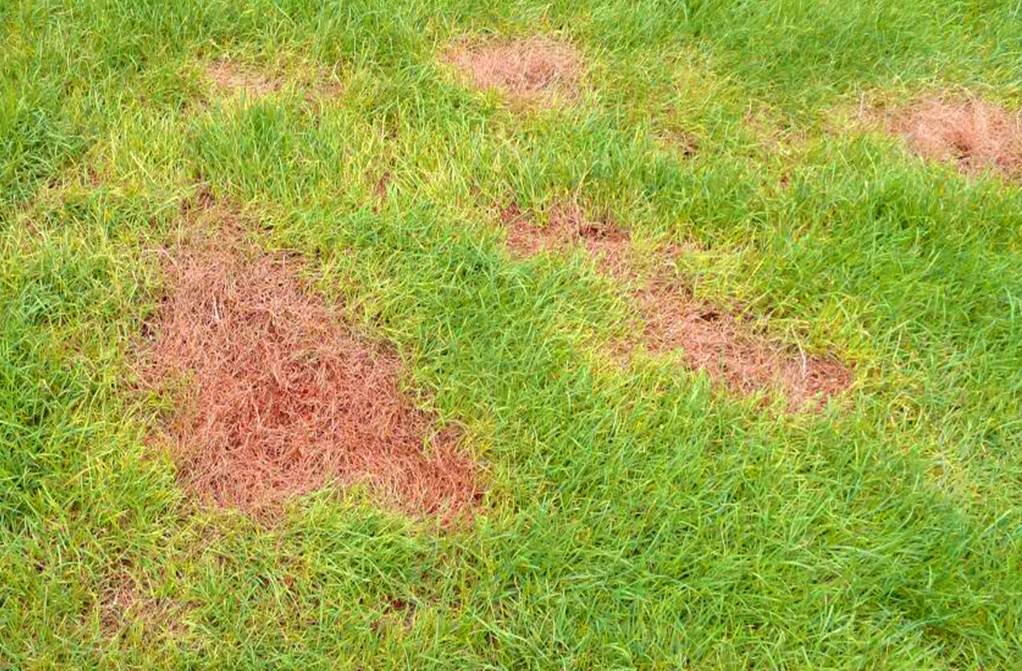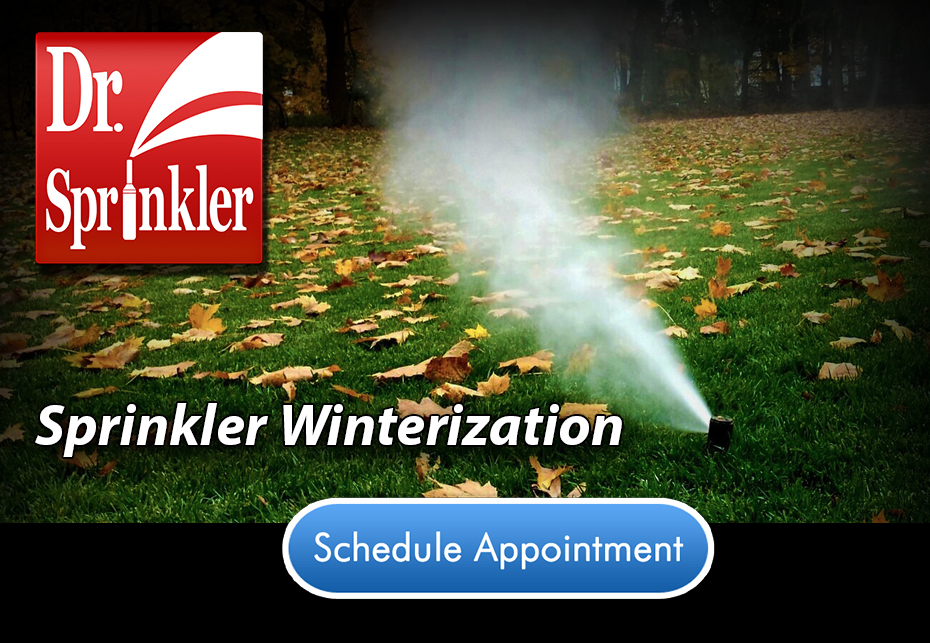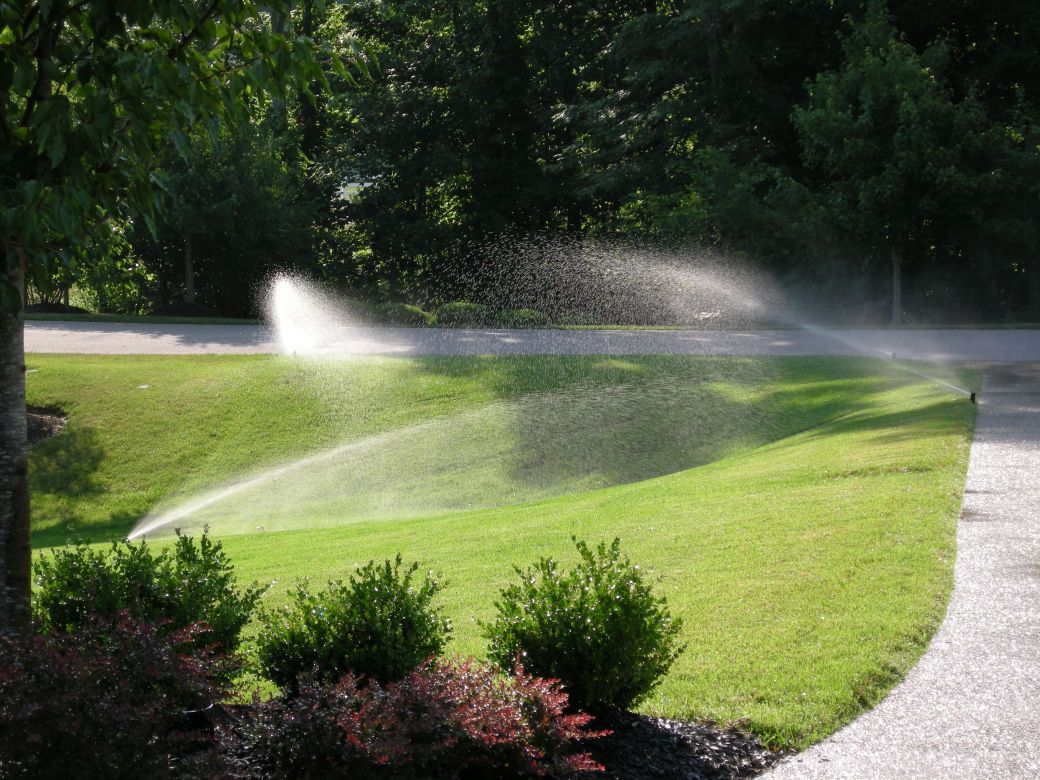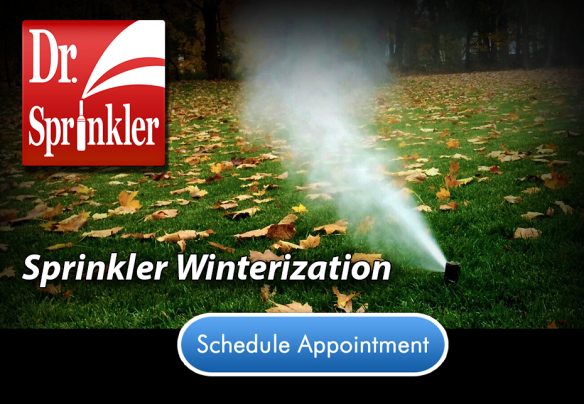Fall is the best time to prepare your lawn for steadily declining temperatures. Dr. Sprinkler Repair (Bountiful Area, UT) can help you do that and more. This article will outline many of the most important steps that need to be taken in order to protect your sprinkler investment, as well as the services available from our highly qualified sprinkler technicians.

Grass, like many other living organisms that hibernate through winter, spends the autumn months gathering nutrients and energy in order to survive the time it will spend beneath snow and ice. Nourishing your lawn during this time becomes more important than ever. There are many ways to do this, such as:
Aerating Your Soil
Oxygenating the soil will give your grass access to many more nutrients. Dr. Sprinkler Repair’s Bountiful area sprinkler technicians offer lawn aeration services. Using specialized equipment, such as a lawn aerator, they will oxygenate the soil beneath your lawn and make certain that it will be ready for a healthy, green spring.
Controlling the Weeds
Weeds are like parasites, stealing food and energy away from your lawn. Getting rid of the weeds will give your grass priority when it comes to receiving the best moisture and nutrients the environment has to offer.
Fertilizing the Grass
Fertilizer is jam-packed with everything your lawn could ever want. By fertilizing your grass prior to winter, you’ll be giving your grass enough stored energy to make it through winter with nutrients to spare.

Fixing Dry/Bald Spots
Why wait until spring to find out that a bald spot has been hiding beneath the snow all winter? Fixing bald spots in the fall means that your spring lawn will be lush and fill, rather than spotty and ragged. Click here to learn more about identifying and fixing dry spots in your yard!
Mowing your Lawn
Towards the end of the autumn season, set the blade on your mower to its lowest setting in order to cut the grass very short. This will allow more sunlight to be absorbed by the grass, as well as lessening the amount of dead, brown grass in your lawn in the spring.
Raking the Leaves
Fallen leaves for a barrier between your lawn and the water, sunlight, and nutrients that it needs to thrive through the winter weather. Raking the leaves and keeping your lawn clear is the best form of prevention.
Finally, don’t forget to call Dr. Sprinkler Repair for your lawn sprinkler winterization needs! We perform various winterization and blowout services for your sprinkler system, so give us a call today at (385) 226-5764 to schedule an appointment with our expert sprinkler technicians.

Dr. Sprinkler Repair, Bountiful Area, UT – (385) 226-5764
https://drsprinklerbountiful.wordpress.com/
40.889390
-111.880771














